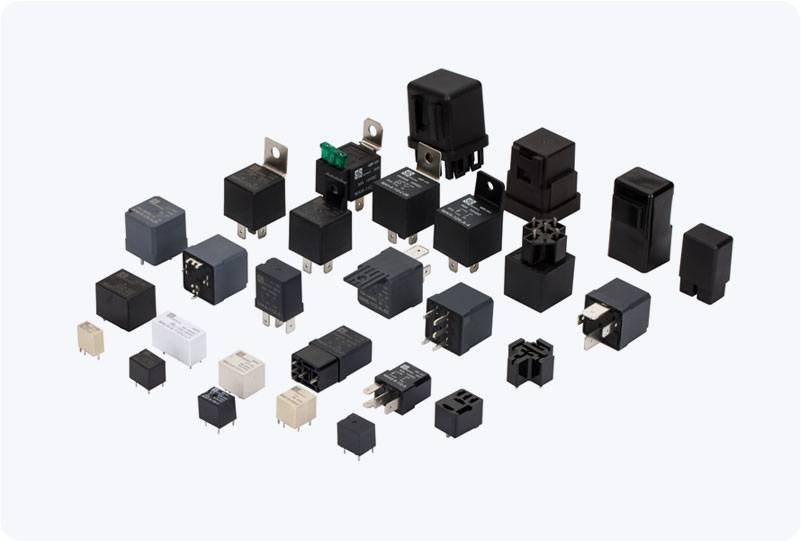A Solid State Relay (SSR) is an electronic switching device that performs the same function as a mechanical relay but with the advantage of utilizing solid-state components like semiconductors to open or close a circuit. Unlike traditional relays that rely on physical moving parts, SSRs offer a more reliable and efficient way to control electrical power. The use of solid-state components makes SSRs ideal for high-performance, long-lasting, and low-maintenance applications.

What is a Solid State Relay? A Solid State Relay (SSR) functions as a switch, controlling the flow of electrical current between two circuits. The key difference between an SSR and a mechanical relay lies in the method of switching. While mechanical relays rely on physical contacts that open and close, SSRs use semiconductor-based components such as triacs, thyristors, and photonic elements (like optocouplers) to achieve the same result without any mechanical movement. This electronic switching allows SSRs to perform faster, more accurately, and with significantly less wear and tear. How Do Solid State Relays Work?